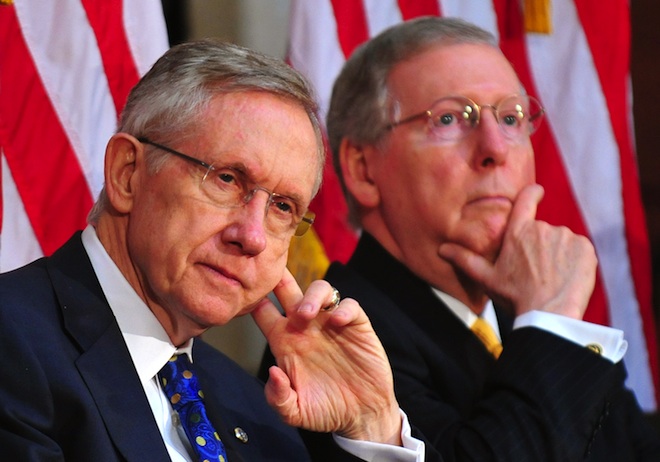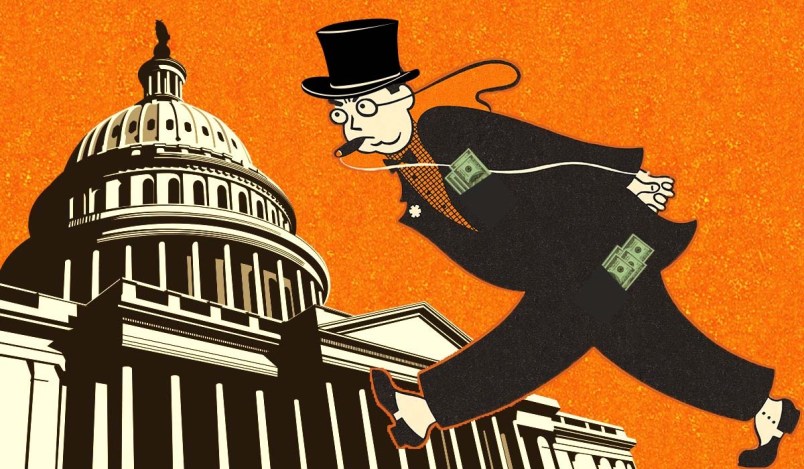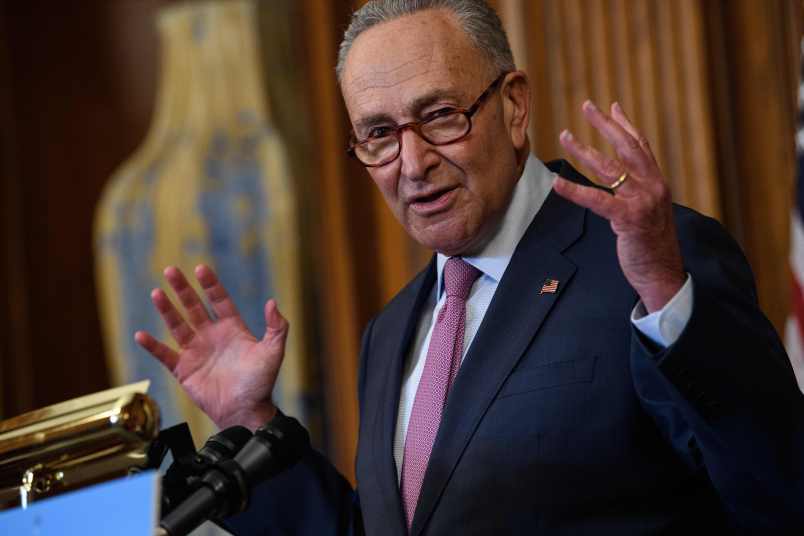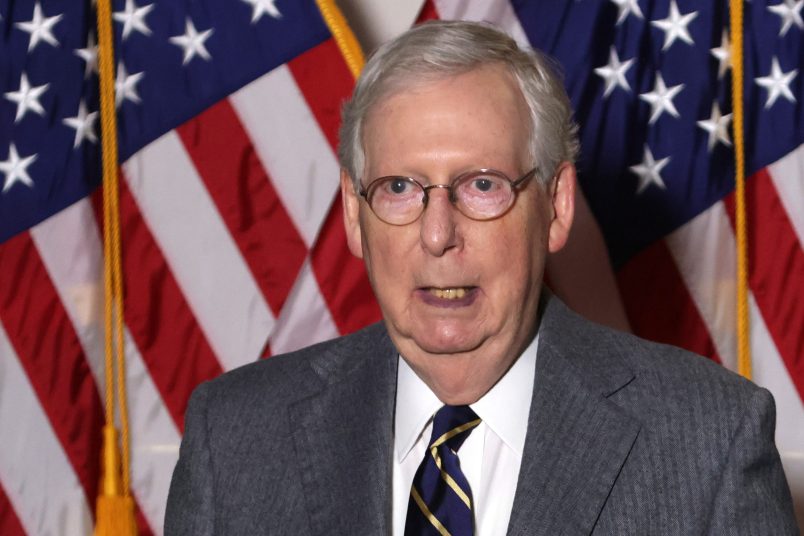In the coming days, Senators will finally have to chance to vote on two competing tax plans: The Democrats’ proposal to extend expiring tax cuts that benefit income up to $250,000, and the GOP plan to extend all the Bush tax cuts, including cuts that only benefit the wealthiest Americans.
The GOP’s opposition to the Democrats’ plan is strategic — if tax cuts for wealthy Americans are delinked from the rest of the expiring tax cuts, Democrats could simply allow them to expire passively. The implicit threat is that the GOP will block tax cuts for everybody, unless wealthy Americans get their tax cuts extended too.
But there’s an under-discussed angle to all of this.
Democrats also want to extend expiring tax cuts from the 2009 Recovery Act, targeted directly at the middle class. The GOP plan allows all those tax cuts to expire. So while the two plans are similar in many ways, the GOP plan demands extending tax cuts for wealthy Americans, while allowing middle class taxes to go up slightly. The Democrats’ plan accomplishes the opposite. And the net result? According to a preliminary report by the Joint Committee on Taxation, provided by the Democratically controlled Senate Finance Committee, the Democrats’ plan would have a significantly more salutary impact on the deficit next year — over $42 billion in 2013 — than the GOP plan.
Here’s how it looks in chart form. Note that this chart excludes the parties’ different plans to patch the Alternative Minimum Tax. When you include that figure, the GOP plan increases the deficit even more.











